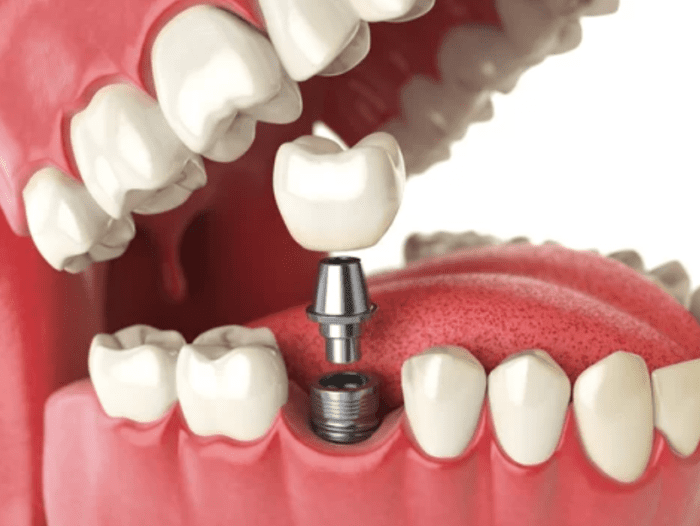Dental implants are a popular and effective solution for replacing missing teeth. Whether you’ve lost a tooth due to injury, decay, or other issues, dental implants can help restore your smile and improve your overall oral health. If you are considering dental implants, it is essential to know the process. Preparation and understanding can help your expectations and recovery.

Step 1: Consultation and Examination
The first step in the dental implant process is to schedule a consultation with a dental professional who is trained in implant dentistry. During this initial appointment, your dentist will examine your teeth and gums to determine if you’re a good candidate for dental implants. They will also take X-rays or CT scans to view your jawbone and surrounding structures better.
Step 2: Treatment Planning
Once your dentist has determined that dental implants are a good option for you, they will begin to develop a treatment plan. This plan will include the number of implants you need. Additionally, this will cover the type of implant and the placement location. Your dentist may also discuss any additional treatments you may need, such as bone grafting or gum disease treatment.
Step 3: Implant Placement
The next step in the dental implant process is the actual placement of the implant. This is typically done under local anesthesia, although sedation dentistry may also be available for patients who are anxious about the procedure. During the procedure, your dentist will make a small incision in your gum tissue and drill a hole into your jawbone. They will then place the implant into the hole and stitch the gum tissue back into place.
Step 4: Integration
After your dentist places the implant, your body will begin to heal around it. This process, called osseointegration, can take several months. During this time, the implant will fuse with your jawbone and become a permanent part of your mouth. Then, your dentist will fit you for a temporary crown to protect the implant and keep your smile looking great.
Step 5: Abutment Placement
Once the integration is complete, your dentist will attach an abutment to the implant. This small piece connects the implant to the crown or bridge that your dentist will place on top of it. The abutment placement procedure is relatively quick and simple and is typically done under local anesthesia.
Step 6: Crown or Bridge Placement
The final step in the dental implant process is the crown or bridge placement. This is the visible portion of the implant that looks and functions just like a natural tooth. Your dentist will take impressions of your teeth to create a custom crown or bridge that fits perfectly into your mouth. Once the crown or bridge is complete, your dentist will attach it to the abutment, completing the implant procedure.
